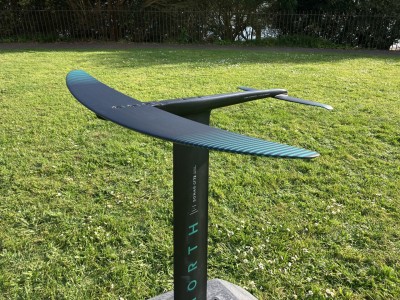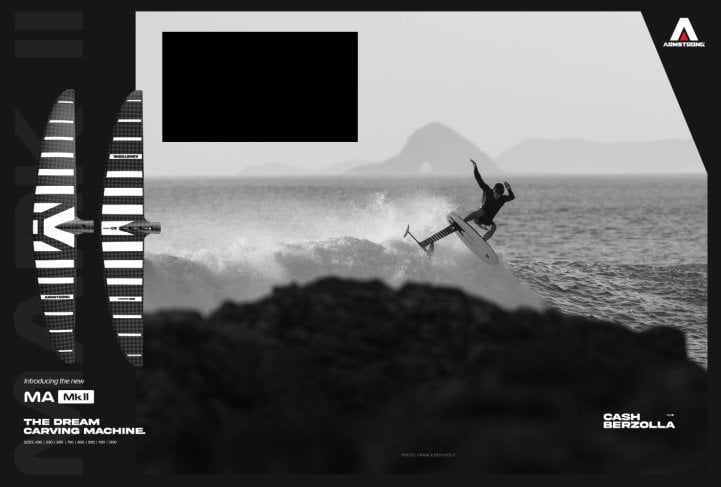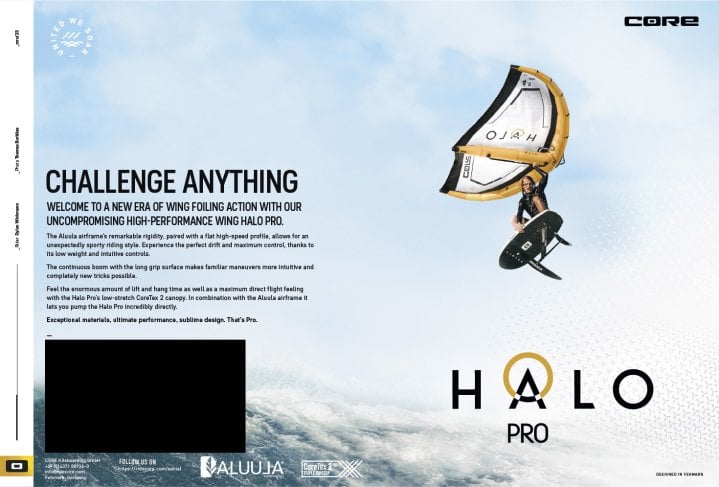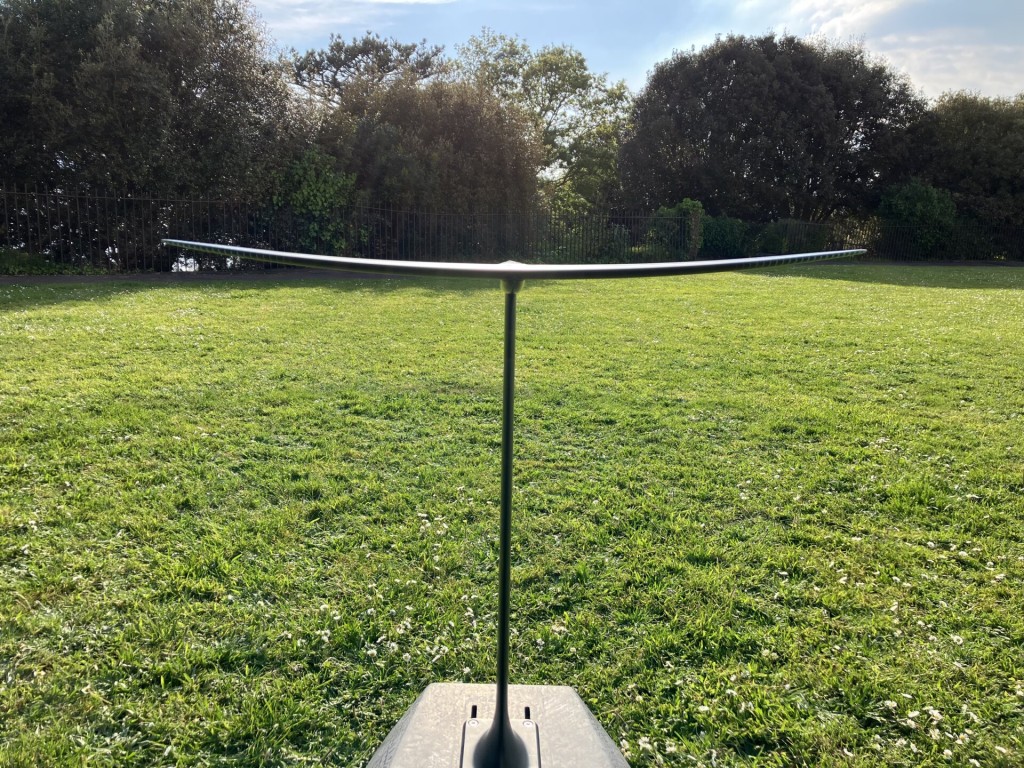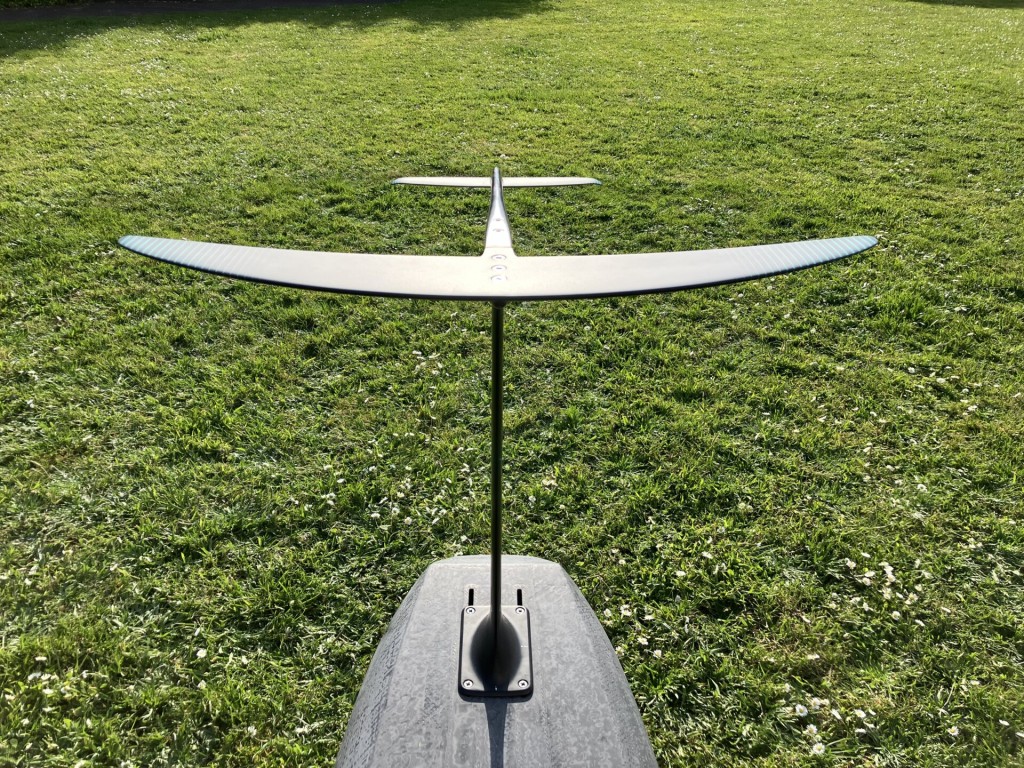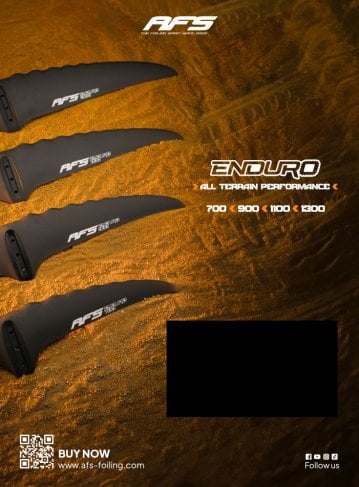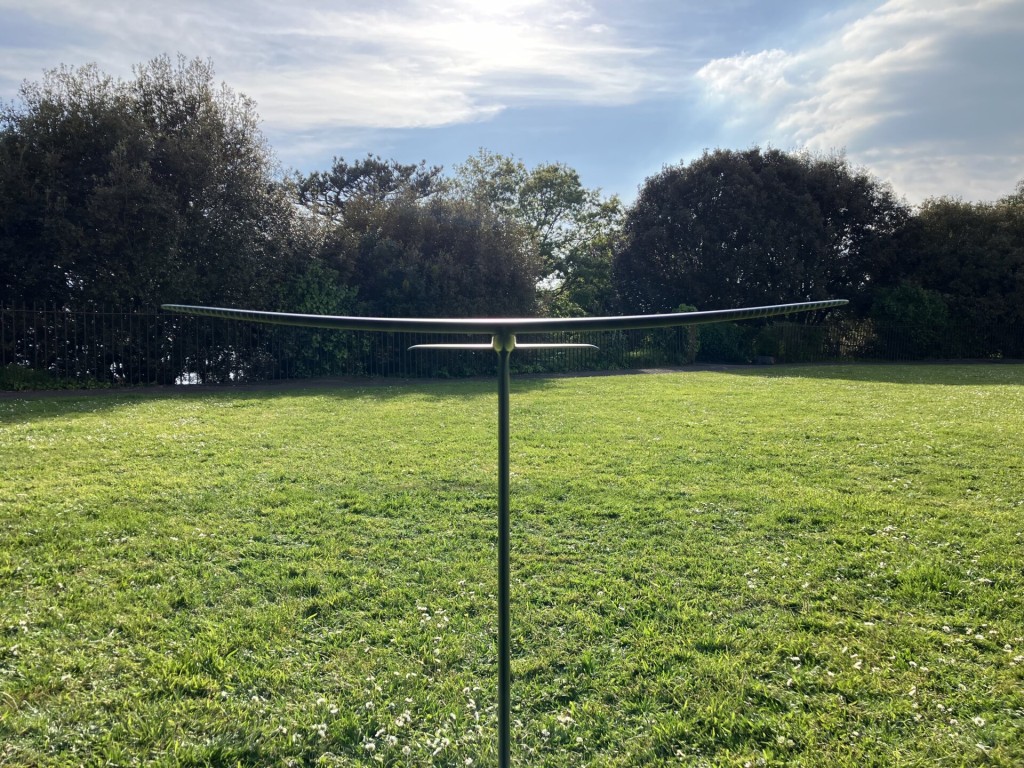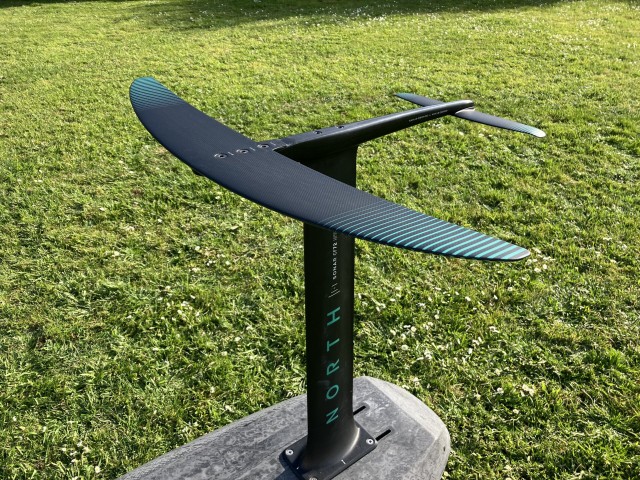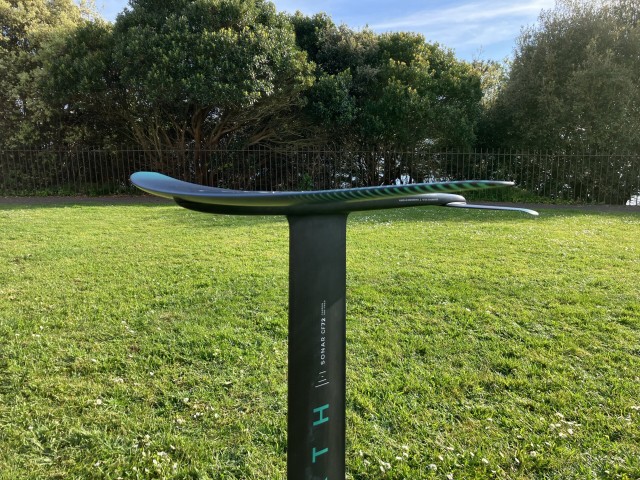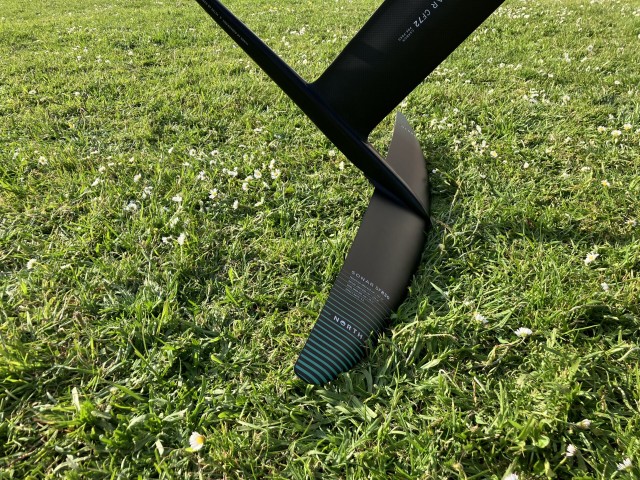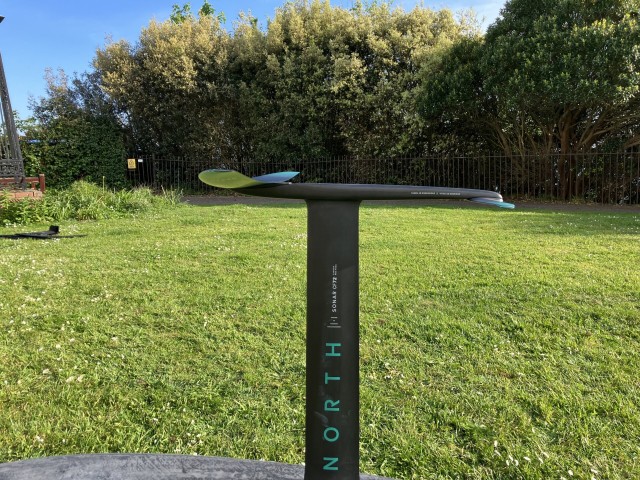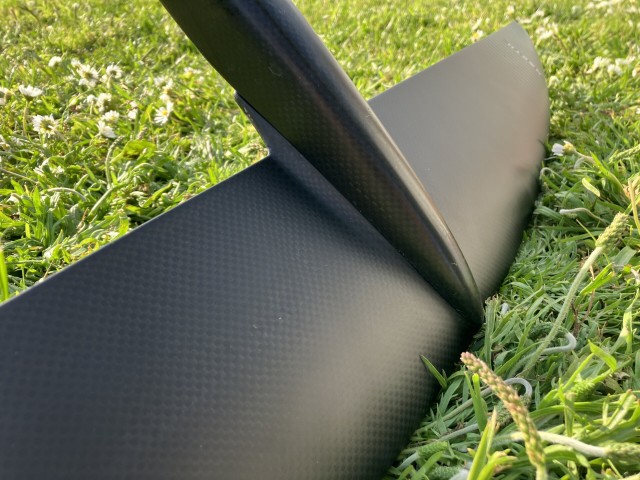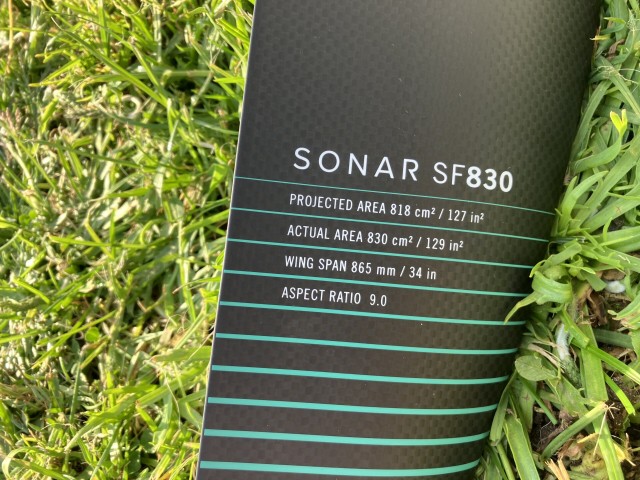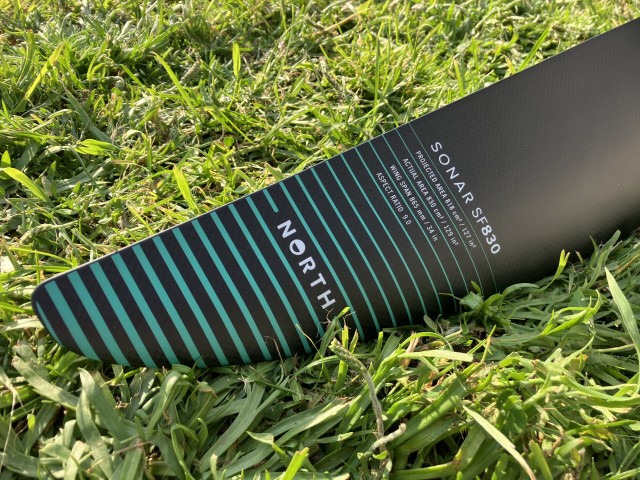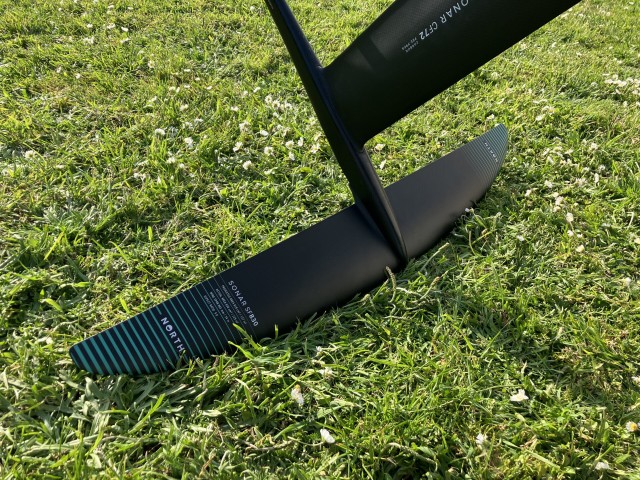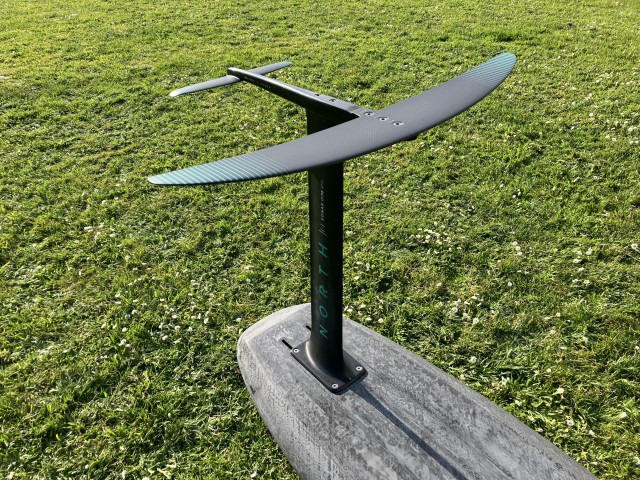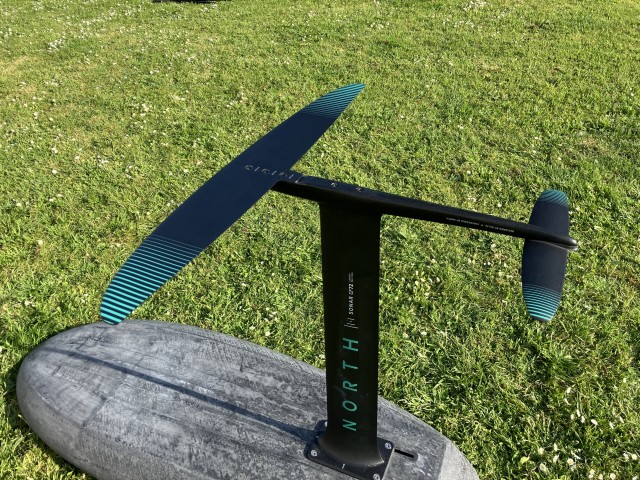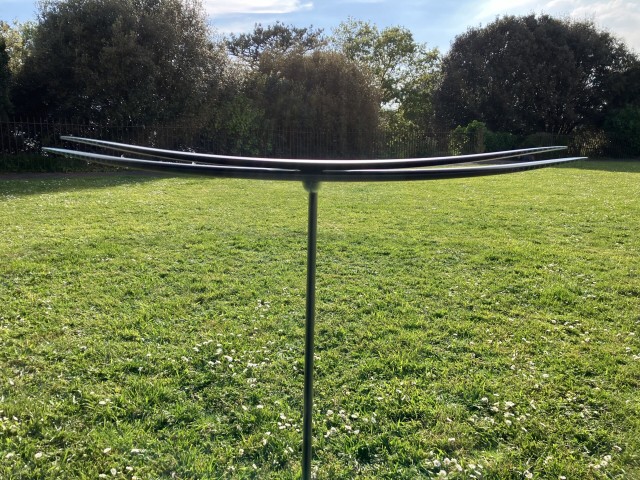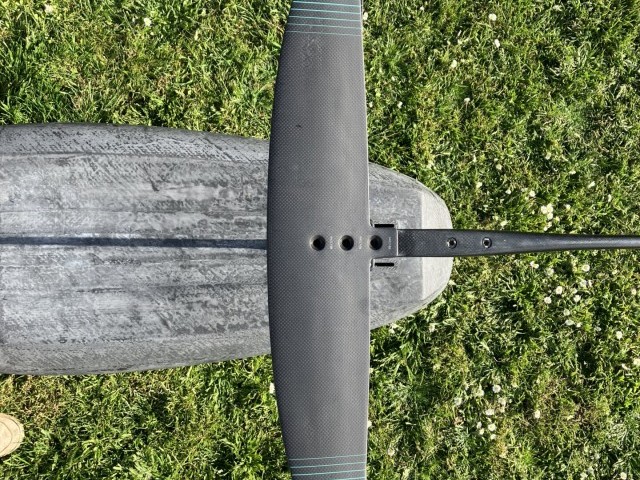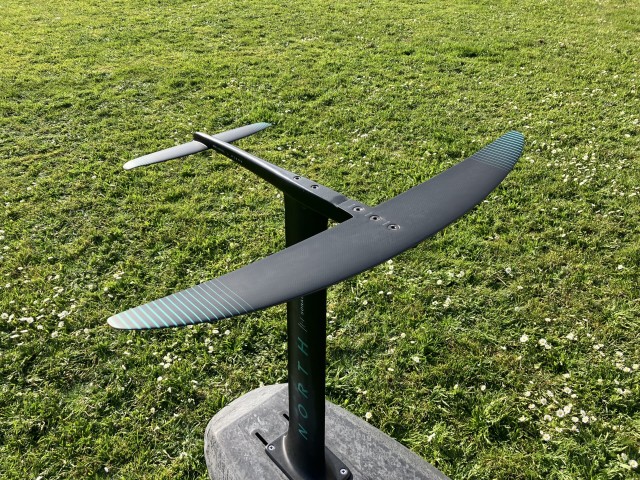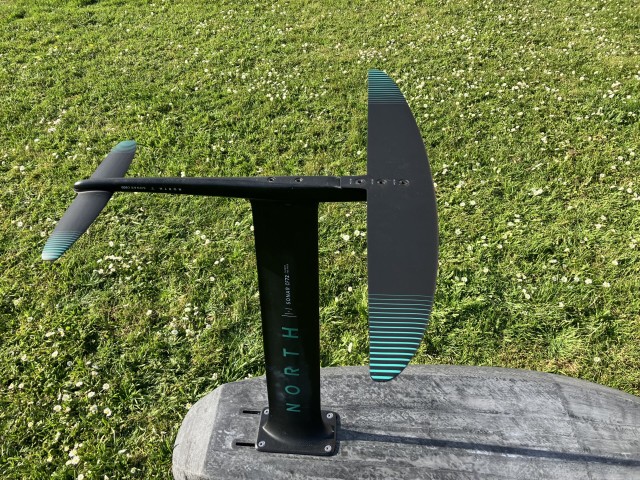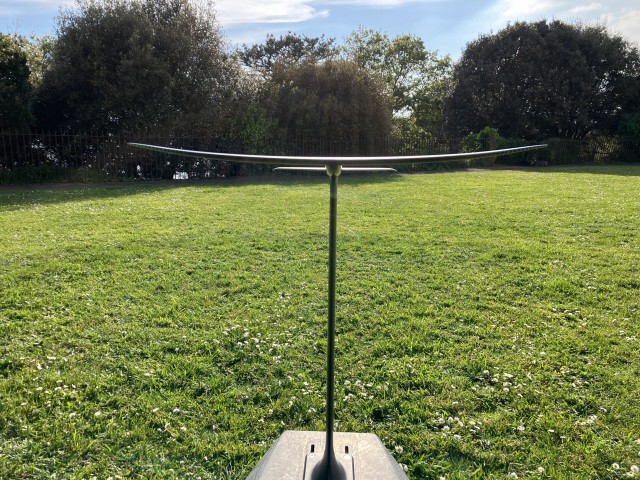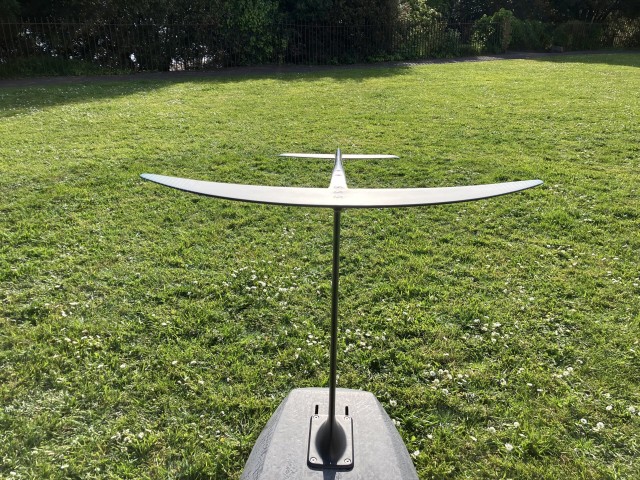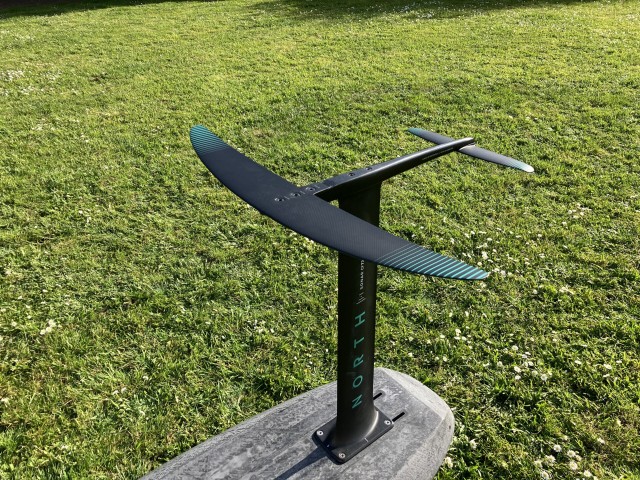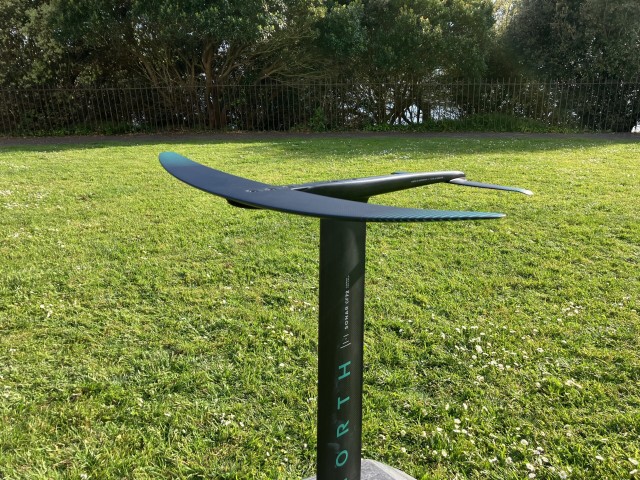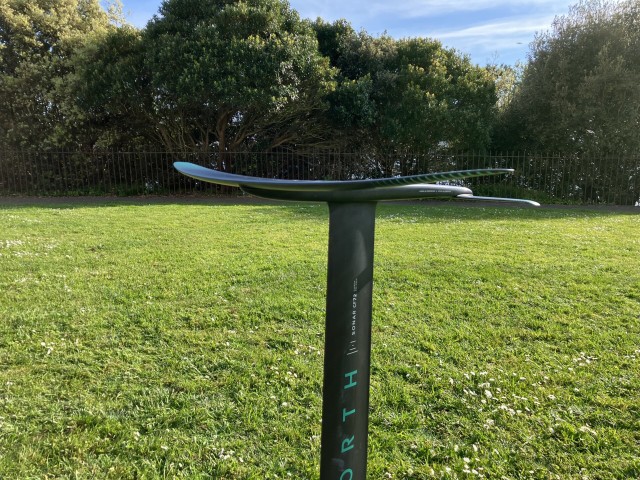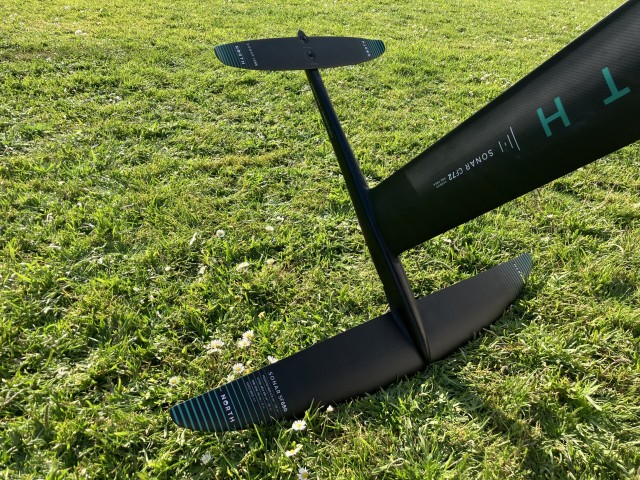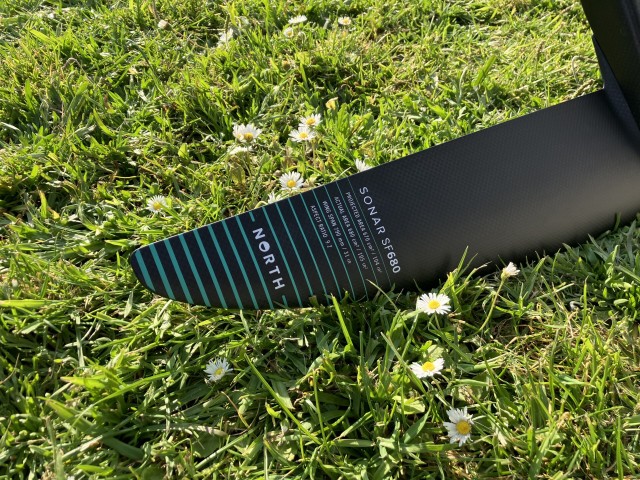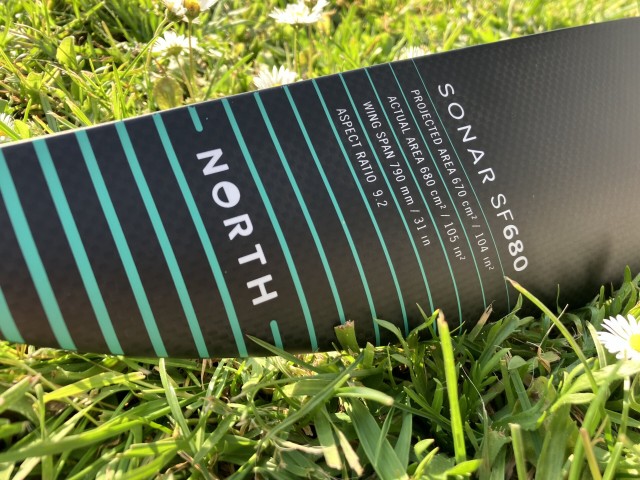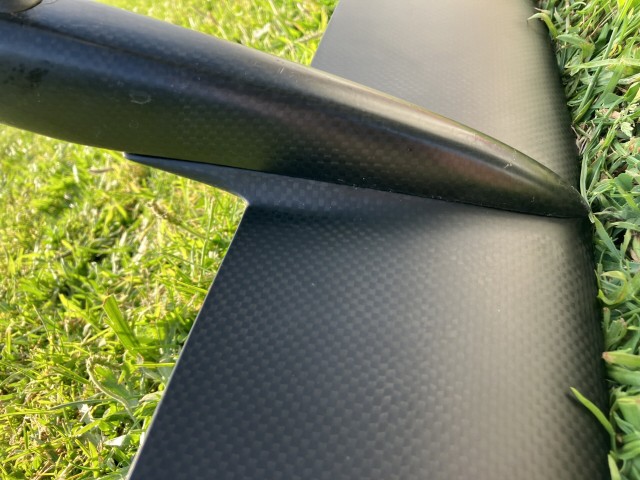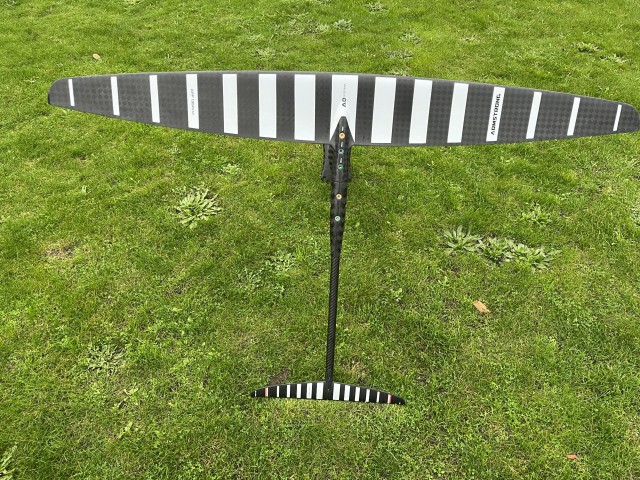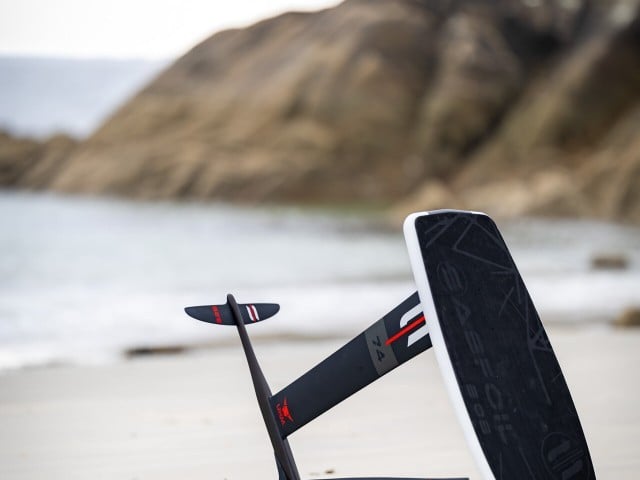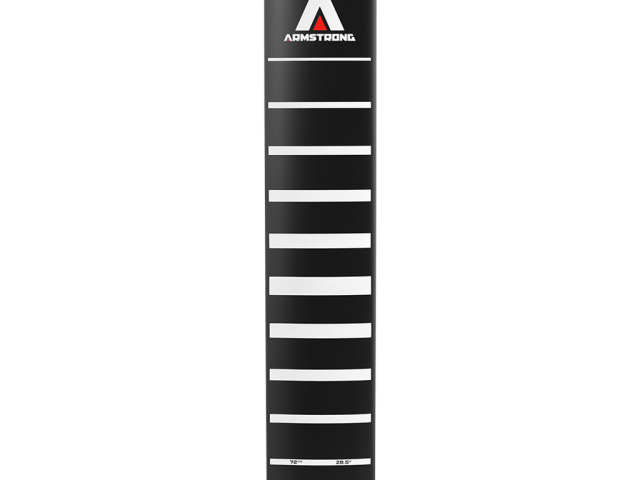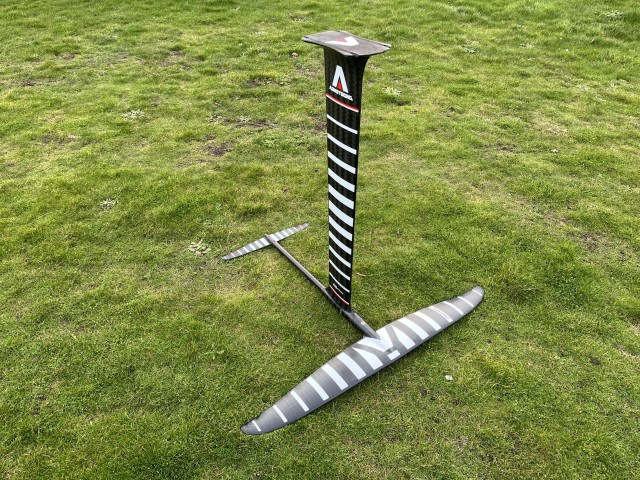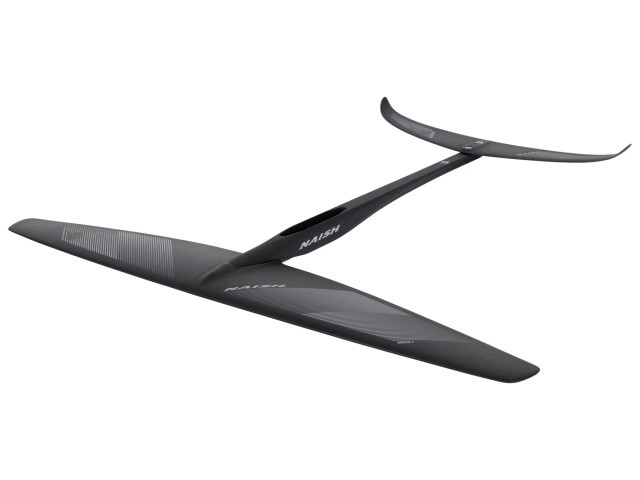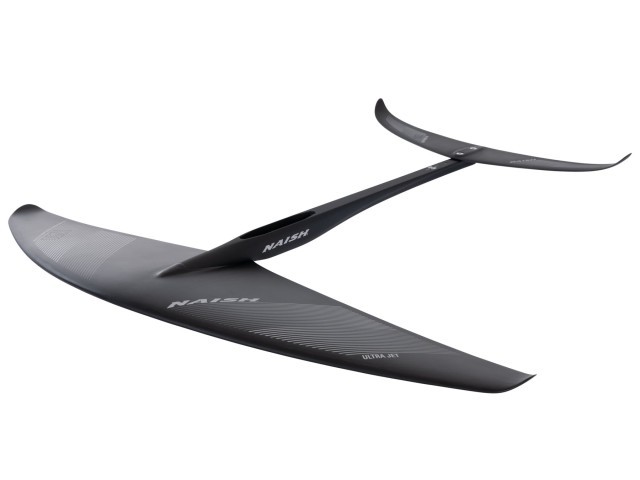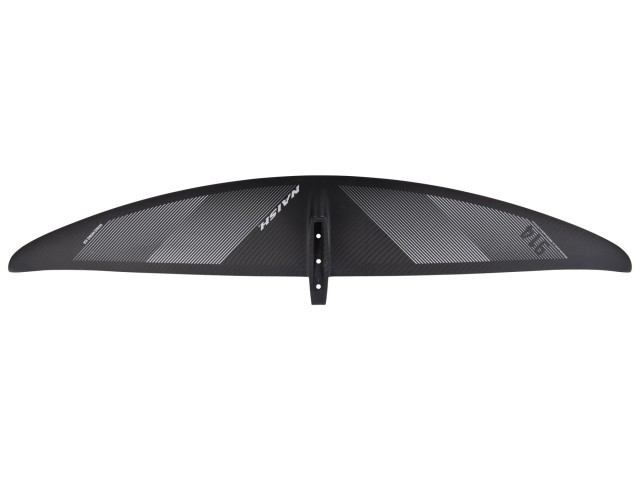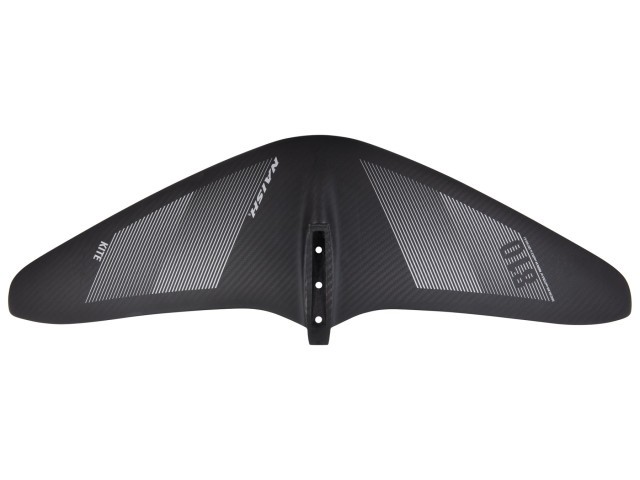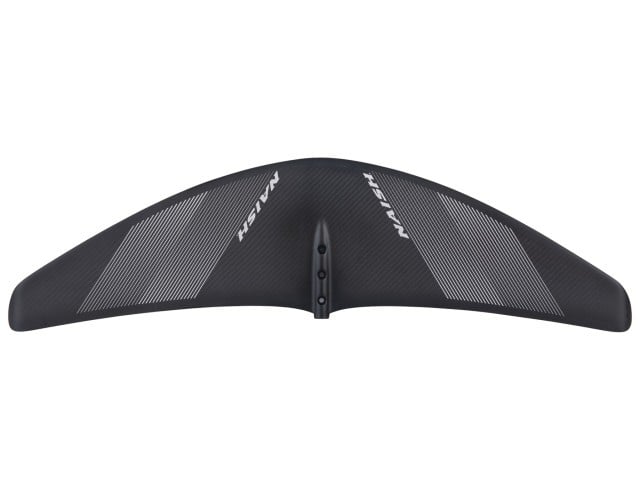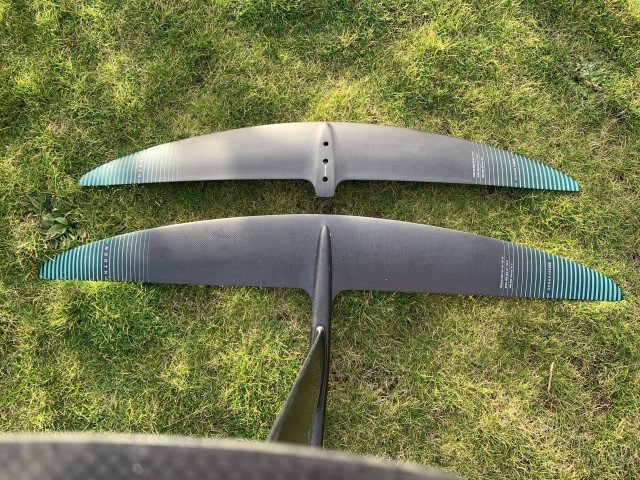Having originally introduced the SF series last year, North has recently enhanced its offering by releasing the highly anticipated smaller sizes of the range (the 680 and 830). As the riding level of pros and amateurs continues to increase at an astonishing rate and the market's desires become clearer and clearer, North is aiming to satisfy these demands with this release. The sonar SF series is intended to be an easy-to-use surf-style foil that will easily turn and provide effortless pumping to connect waves. It targets prone foilers but works equally well for wave-orientated wing-foilers.
At a Glance
All of the North SF series are specifically optimised size for size, and the new additions to the range follow the same trend as the bigger sizes. As the foil size/surface area reduces, the aspect ratio increases. There is still a net reduction in wingspan, but not as much as expected given that the 1230cm2 size is 930mm and the 680cm2 is 790mm. That's an approximately 45% reduction in foil surface area with only an approx 15% reduction in wingspan. The relative pumpability and glide are naturally increased size for size with any foil as the aspect ratio increases, assuming all other design details remain similar. This further increase in AR of the smaller sizes will increase the efficiency further to improve glide and ensure that riders can still connect waves despite opting for a smaller foil to increase manoeuvrability and top-end speed.
Even though the wingspan continues to reduce as the sizes reduce, the increasing extremity of riding styles seen worldwide means there is no less need for these foils to handle tip breaches well, and that was a clear mission by North from the initial introduction of the SF-series. You can even see the design details in the tips in the photo intended to reduce the effects of tip ventilation during breaches. The natural arc of the foil is reversed near the tips to bring them back to a more horizontal plane, and there appears to be a slight twist and an adjustment to the airfoil profile close to the tips. I can’t speak for the designer, but I understand that these features will prevent the ‘trapping’ of air under the tip as it re-enters the water and reduce the lift effect of the tips slightly compared to the centre section of the foil to reduce the effect felt by the rider of the loss of lift from the foil tips as they breach. This reduction of lift from the tips relative to the foil's centre section also affects roll stability, so it will be interesting to see how it feels ‘rail to rail’.
As with all North foils, the surface finish is excellent, and three titanium m8 bolts easily and securely attach the front wings. Do note that the bolts of the new small sizes may differ from any existing setup you may have, as the front wing bolt length varies by front wing size. The T40 torx tool is the same, but not necessarily the length. You may have a selection of bolts as your front wing quiver grows!
Sizes: Existing: 1230cm2 (AR:7.1, wingspan: 930mm), 1080cm2 (AR: 7.8, wingspan: 915mm), 930cm2 (AR:8.8, wingspan: 900mm) New: 830cm2 (AR:9.0, wingspan: 865mm) 680cm2 (AR:9.2 wingspan:790 mm)
On the Water
Like others, I've been waiting for the 680 and 830 sizes of the SF series. Having spent a reasonable amount of time on the 930, I always felt the advantages of these foils (the easy access, abundant lift and pumpability of a much larger size). I could size smaller for even more fun, mainly when used for winging in the surf. These characteristics have been retained and exaggerated with the new small sizes. I never thought I’d use a 680 with such ease. Admittedly, this size was used for winging only, but it got onto the foil with way less power than I expected, and, just like its predecessors, it provided far more lift than expected. As with most North foils, the lift is distributed nicely between your front and rear leg, which remains true during pitch adjustments.
Both the 680 and 830 were playful in roll and yaw, and it was fun to exploit these characteristics as they could be utilised in full, even without an expert skill level, thanks to the low stall speed. I felt particularly comfortable even in smallish, low-energy waves on the 830 because it picked up energy so well from the wave and could ride at such a low riding speed without feeling like it would drop you. You could still match the speed of these smaller and slower waves, play around breaching the tips or washing the foil in yaw and know that you’ll be back into the wave's energy with ease. If extra speed is required, a few pumps will do the trick, as the SF-series feels optimised. Pumping doesn’t just maintain your speed; it’ll accelerate you, too, if your riding speed has dropped slightly.
When the waves get bigger, they remain really easy to ride. Pitch stability is good, but it is good on the C700 fuse. The C600 fuse was more than stable enough and made for easy pumping. Both wings felt assured when carving, handled breaches well, and made recoveries from small mistakes easy. I had the ability to think about what I wanted to do next because I was comfortable, as opposed to concentrating 100% on what I was trying to execute at that moment.
The SF-series feels like a foil intended for riding near the pocket or with a very surfy style rail to rail. If you position yourself high on the wave, aiming to maximise your ability to accelerate and straight line along the line of the wave faster, for example, it doesn’t do this as well as the high aspect series does. It is super happy rail to rail and more than controllable in the critical section of the wave without feeling out of place or overpowered, and it easily deals with white water. This is one area of riding that I feel like a reduced foil surface area helps, and the SF-series does allow you to ride a small area of foil compared to what you may be used to.
Overall
The 680 and 830 slot in with the rest of the range perfectly. They are no-brainers as foils to progress onto for riders of the existing bigger sizes of the range. Smaller to average riders will take the 680 as their go-to prone front wing in moderate power and above conditions, whilst average-weight riders will take the 830. Depending on their skill level, Heavier riders can choose between the 830 and existing 930. The MAv2 is a staple amongst many wingers because of its huge speed range, and the new SF sizes will appeal to those wanting to ride a very surfy style that is unassisted by the wing for as long as possible. You’ll be surprised by how small a front wing you can ride, get up on, and exploit in even small to medium swell, which makes for really fun sessions.
Videos
This review was in Issue 20 of Tonic Mag.
For more information visit NorthRelated
By Liam Proctor


